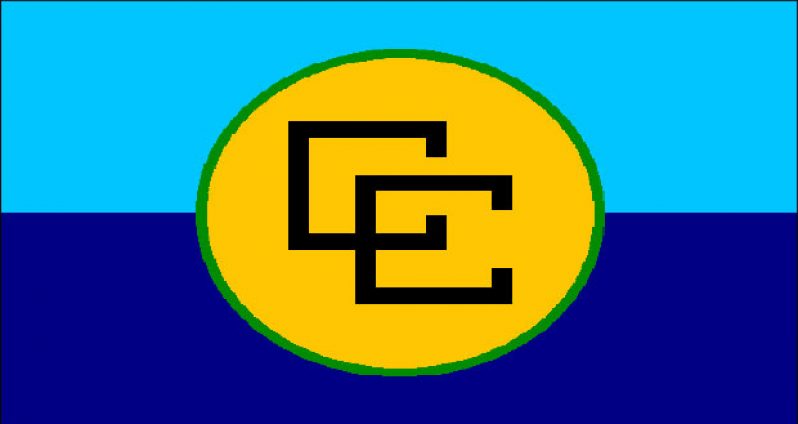ACCESS roads, drainage, pumps and sluices are the focus of planned, maintained infrastructure investments in 2014, according to Agriculture Minister Dr. Leslie Ramsammy.
And in an interview with the Guyana Chronicle, he announced that Guyana is the first country to access funding from the Caribbean Development Fund, established under a Caribbean Community (CARICOM) agreement.
Ramsammy said: “As we speak, a contract is being executed to design the roads for Onverwagt, the Parika-Ruby road and the Kuru Kururu – Laluli road at a cost of US$8.5m.
“These are the first projects funded under the CDF, after CARICOM Heads of Government agreed to establish the fund.
“We expect to make these roads and how we deal with contractors a model for the country. We will ensure they are completed in time.”
A monitoring committee has been set up and includes regional representatives, contractors and members of the Opposition, who have been invited by the ministry, with Minister Ramsammy as chair.
TOO MANY AUTHORITIES
Aside from the CDF funding, Minister Ramsammy said millions are being invested in drainage works.
He said: “Our planned infrastructure works will improve drainage and irrigation. There are also planned maintenance works to ensure our drainage and irrigation works to optimal levels. There are also unplanned works that cater for breaches, etc.”
Ramsammy pointed out that in the area of drainage and irrigation, the challenge is the presence of “too many authorities” with responsibilities in the same area.
“In 2013, we focused on looking at a more harmonized way to deal with drainage and irrigation. What we did was map the responsibilities for the primary, tertiary and community drains,” he said.
According to him, the National Drainage and Irrigation Authority (NDIA), the Guyana Sugar Corporation (GuySuCo), the Water Users Association, the Neighbourhood Democratic Councils (NDCs) and the municipalities are some of the agencies with responsibility for drainage and irrigation.
“An average person would not know who was responsible and this makes shifting blame easy, which is why the mapping exercise, not only harmonized our efforts, but also helped in awareness,” Ramsammy said.
The exercise, he noted, is complete for Regions Two (Pomeroon/Supenaam), Six (East Berbice/ Corentyne) and Region Five (Mahaica/Berbice) is almost complete.
Ramsammy said in 2014, Regions Three (Essequibo Islands/West Demerara) and Four (Demerara/Mahaica) will be done.
“This process will also help us in being able to better budget for works,” he said.
PUMP STATIONS
Dr Ramsammy added that in 2013, construction on 10 new pump stations were started, in several areas in Region Six.
“These are either pump stations that never existed or stations whose operations were discontinued in the 70’s and 80’s,” he said.
As it relates to the latter, he pointed out that the Rose Hall pump, which ceased to operate in 1982, is one example of resuscitation of such infrastructure.
“The pump is installed and is operational. In the first quarter of 2014, we are discussing who will take responsibility of the pump, which will benefit Rose Hall town,” Ramsammy said.
According to him, the support of GuySuCo in overseeing the operation of the pumps is invaluable.
He said: “Despite its difficulties, GuySuCo operates a large number of pumps.”
Ramsammy stated that new stations planned for 2014 will support drainage in cultivation areas, Albion and Fyrish in Region Six; Mahaicony, Region Five; Lima and Three Friends on the Essequibo Coast in Region Two.
“By the middle of 2014, the pumping capacity will be improved by 25 per cent. This is an enormous one shot leap,” the minister stressed.
He added that works in this area will see Guyana ready for the May/June rains.
(By Vanessa Narine)



.jpg)








